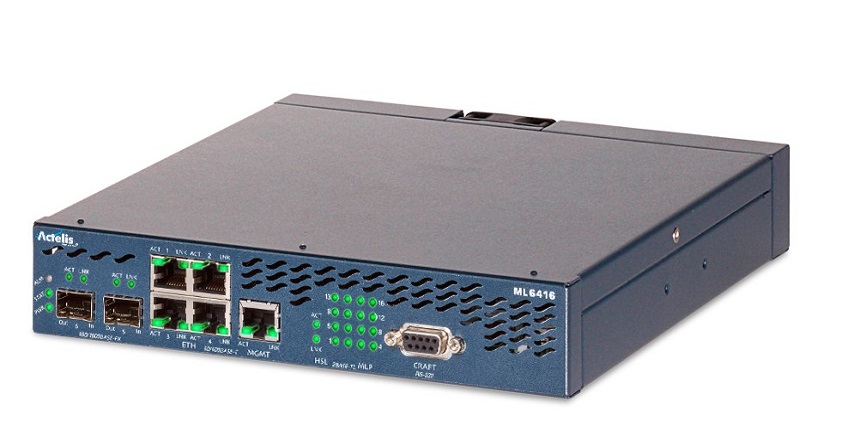Six month after announcing joint pilot, Israel Electric Company (IEC) announced a strategic investment in Prisma Photonics Company from Tel-Aviv, the developer of fiber based monitoring solutions. No further details were given regarding the extent of the investment, but it is estimated at millions of dollars.
Prisma Photonics’ technology is based on a physical phenomenon in which part of the photons within the light pulse are being scattered, and a small fraction of the traveling pulse’s energy is reflected back, holding information about the fiber’s environment. The solution used by the IEC is capable of detecting maintenance and safety events along the power lines, such as attempts of equipment sabotaging, people climbing on power towers, partial discharges, short circuits and even weather conditions that endanger the power lines such as wildfire, strong winds or lightning strikes.
Till now, within this pilot, which was officially announced six months ago but has actually been going on for more than a year, the IEC uses the solution to monitor several segments of its network, in a total length of more than 100 km. Aside from the financial aspect, this investment marks an expansion of the cooperation between the two companies.
Eitan Elkin, Prisma Photonics’ Director of Marketing, says to Techtime that during the pilot, the system successfully identified in real time faulty components and problems related to the insulation between high voltage lines, and to locate the exact power tower. “It is about great saving in time, manpower and resources. The immediate detection assists also in preventing power outages and further damage. The intention now is to expand the coverage. IEC is highly advanced, technology-wise, and most of its power lines are already accompanied with optical fibers, which is an optimal situation for our solution”.
“Having your strategic customer as your strategic partner is the strongest vote of confidence a company can hope for,” added Dr. Eran Inbar, Prisma Photonics’ CEO. “As an innovative corporation, IEC started collaborating with us six months ago. The current investment supports its commitment to advancing Israel’s power supply industry through innovation. To date, our system has transformed the optical fiber infrastructure deployed on IEC’s high-voltage grids into a sequence of extremely sensitive sensors that identify issues and track their precise location down to the nearest power tower level in real-time and with no need for placing additional sensors along the transmission lines”.
The cooperation with the IEC is added to similar cooperation with New York Power Authority, who also uses Prisma Photonics’ solution, and to other investment made by the German E.ON global electric utility. “Power companies recognize the potential and added value which Prisma Photonics’ technology offers”, says Elkin.
“Listen” to the fiber
Prisma Photonics’ technology is based on a physical phenomenon in which part of the photons within the light pulse are being scattered, and a small fraction of the traveling pulse’s energy it reflected back, holding information about the fiber’s environment. This way, the fiber is used as an active sensor and detector. Analyzing the scattered energy allows for detection of environmental events, similar to the way radar works. The main challenge is that the back-scattered signal is very low – typically, as low as 1 billionth of the transmitted pulse, makes it hard to differentiate between different signals and build a clear picture of the outside environment. This is the reason why most solutions currently in the market are having problems to reduce false positive and negative alarms.
Prisma Photonics’ solution uses patented laser-based optical interrogator for ultra-sensitive and intelligent-learning detection, producing “acoustic signature” of each event, later used for a smart event identification and classification.
According to the company, its solution is 100 times more sensitive than the other solutions currently in the market. It can identify changes in pressure, temperature and vibrations outside the fiber at resolution of one millionth of a millimeter, and build a precise detailed picture of the events based of these changes, providing dramatic reduction of false alarms.
Another advantage is the ability to monitor up to 100 KM using a single Optical Interrogator unit. Based on this technology, Prisma Photonics developed a variety of solutions for the infrastructure world, such as locating leacks and theft attempts from oil & gas pipes, damages and sabotage attempts to submarine cables, hazards and people crossing railways, peripheral defense and detecting trespassers along border lines.


